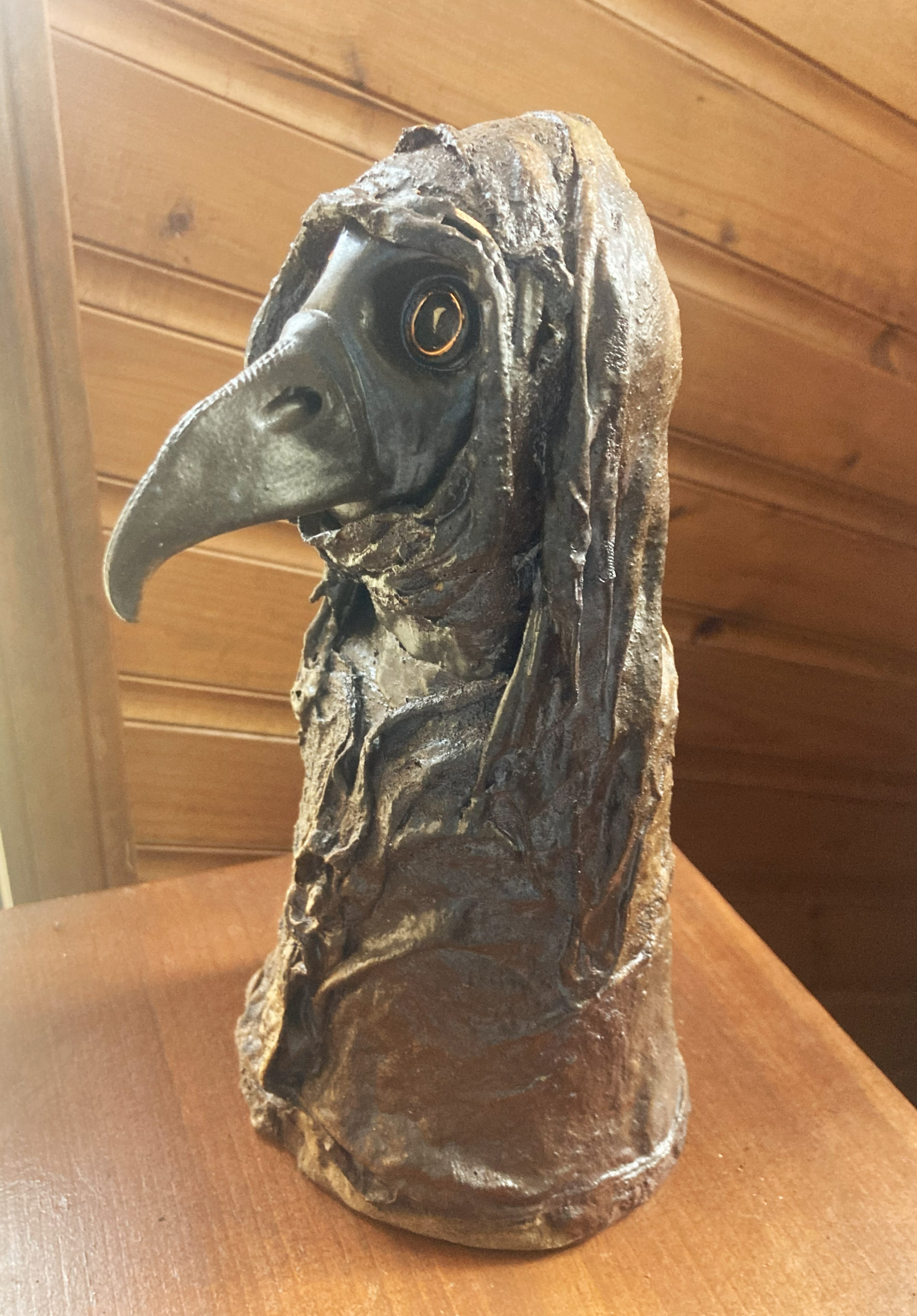COVID Four Years On
Contact
University of Arkansas System Division of Agriculture
Cooperative Extension Service
2301 S. University Ave.
Little Rock, AR 72204

COVID Four Years On
It was four years ago this week that the SEC basketball tournament was canceled after the first game, which Arkansas won. While not much of a sports fan, I do follow Arkansas Razorback basketball. When they canceled the tournament, I knew for sure this COVID thing was serious. Our state’s first case of COVID-19 was reported on March 11, 2020. Now four years on, it surprises me how quickly my memories of that strange year are slipping away. So, I thought I would write them down.
My general sense of the pandemic reminds me of the expression “fog of war.” It was a confusing time with information and misinformation gushing at us from every direction. Like so many things in our current time, the pandemic took on a decidedly political feel. If any lesson was learned from our collective experience with COVID-19, hopefully it will be that science, not punditry, should be driving the bus.
The World Health Organization announced something was going on in Wuhan, China on January 5, 2020, but it was not until later in the month that they determined what the threat was. By the end of the month, 68 cases were reported outside of China in 16 countries, including the United States. In the ensuing weeks, quarantine sites were set up for passengers coming in from foreign destinations and then airports began to shut down. About that time, it was pointed out that the US stockpile of critical supplies – things like N95 masks, gowns and latex gloves were in short supply – and they were mostly imported from China.
In February the CDC, instead of using tests developed in other countries, developed their own COVID test but it didn’t work well and had to be sent to Atlanta for analysis. That month saw a number of large annual conventions in New York and Boston, making these meetings ideal means of dispersing the virus across the nation. In mid-February, the U.S. government evacuated 338 citizens from a cruise ship being held in quarantine in Yokohama, Japan. Most of the cruise ship-related drama unfolded in the six weeks after that first incident.
During the first 10 days of March, the number of states reporting cases skyrocketed and schools began shutting down. During this time, most airports shut down. I had been attending a geology class on campus and by the end of spring break, which was mostly a staycation that year, the UofA switched to online classes. The transition was not a smooth one. Public/private drive-through clinics for rapid testing were announced by the White House, but apparently the private sector was left unaware of their role. It was another two months before drive-through testing sites became available. A nephew, an ER doctor in Tulsa, was only being given one face mask a week for his front-line work. It so happened I had picked up a box of N-95 masks a couple of years earlier, so I drove them to him.
During the second half of March, much of the nation went on lockdown. The phrase “essential worker” took on new meaning as teenage kids manning a drive-through window and clerks at the corner gas station became vital workers keeping the nation going during the shutdown. The National Guard constructed four tent hospitals in New York City. On March 25, with more than 3,000 confirmed deaths, congress agreed on the first of several stimulus bills and began sending out $1,200 to each citizen, plus extended and expanded unemployment benefits.
During the spring months, daily COVID briefings, headlined by National Institute of Allergy and Infectious Diseases director Dr. Anthony Fauci, set the stage for the divisive responses that sprung up along political lines as the COVID crisis dragged on and the death toll rose. Masking up became a clear indication of your political leanings with a majority of Arkansans foregoing the protective shield. Arkansas was only one of a few states that never issued stay-at-home orders, but with many businesses and all schools closed, driving the streets was a different experience. The roads were almost empty and the absence of trucks was especially noticeable. By July 1, there were 126,140 confirmed deaths in the nation with almost 2.6 million reported cases of COVID.
By year’s end, the COVID death toll was more than 300,000, or about one of every 1,000 citizens. My wife passed that year – but not from COVID – though we were in and out of the hospital during the year and experienced the strain the virus caused on healthcare professionals. In my extended family, only one middle-aged nephew succumbed to the disease. The vaccines became available in early 2021 amongst the political chaos that engulfed the nation. My first vaccination was in late February.
In retrospect, the pandemic didn’t touch me much. Arkansas reported 13,000 deaths with more than 1.1 million nationwide with peak death rates occurring in the summers of 2020 and 2021. In the ensuing years, I’ve had the virus twice, once in the summer of 2022 after a full compliment of vaccines and again about a month ago. In both cases the infection was light and I managed to avoid severe congestion and the dreaded ventilator. My sniffer seems to have changed as a result of the infection. Pre-COVID I could smell asparagus pee after eating my favorite vegetable, but not now. Now I can smell greasy meat after eating an especially juicy burger.
